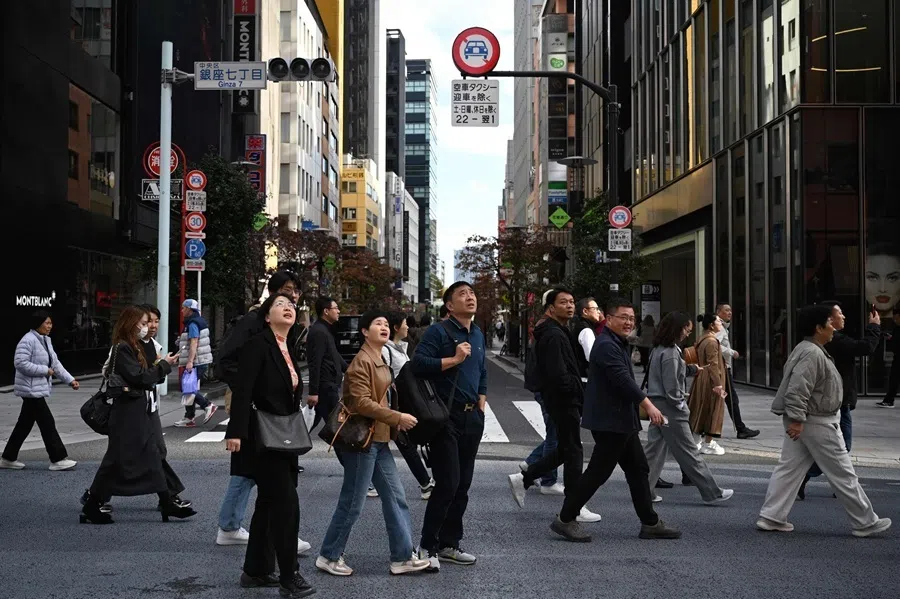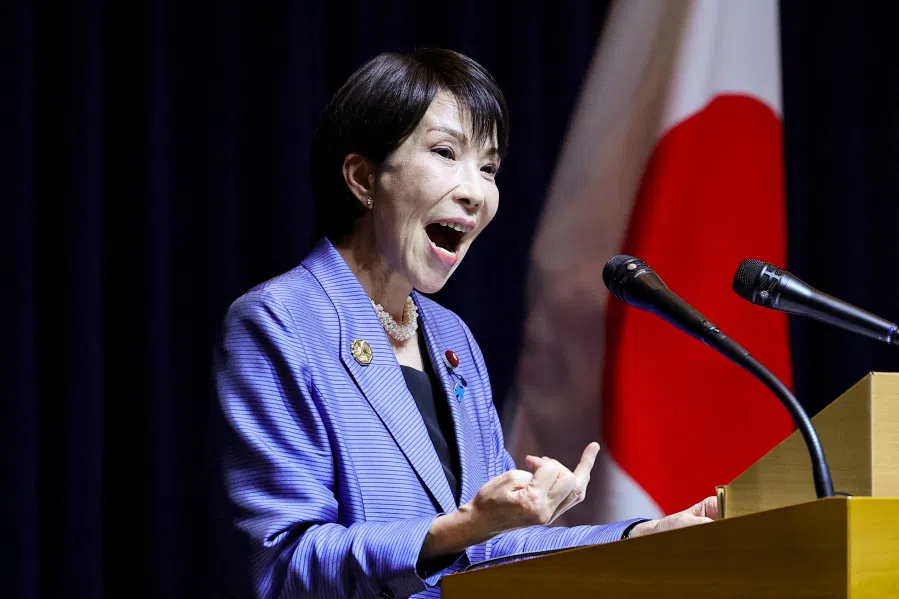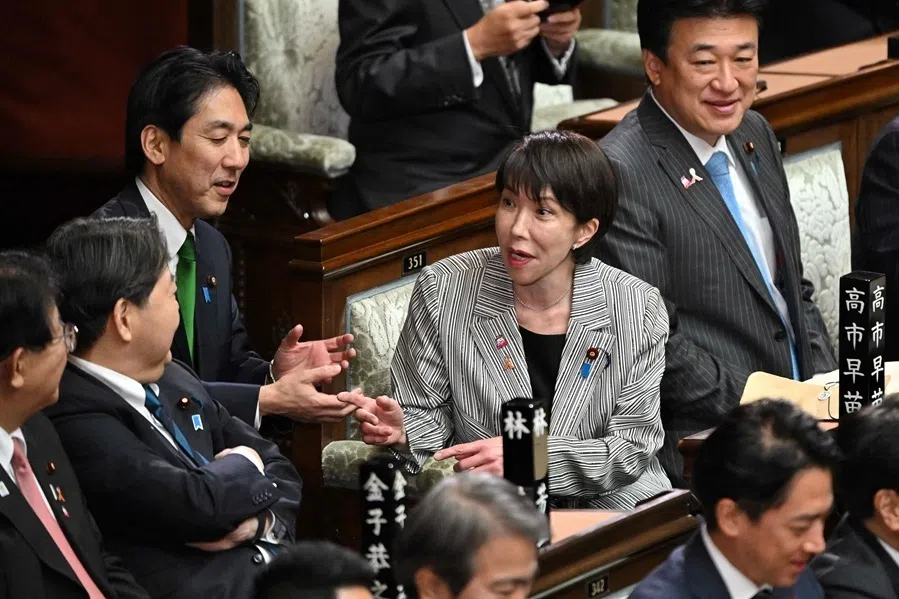Will Southeast Asia embrace India’s defence overtures, despite China’s pressure?
Taking the recent example of Indonesian President Prabowo Subianto’s visit to India seeking greater ties, academic Rishi Gupta says that India’s proactive engagement with ASEAN countries could gain traction despite Chinese counteractions.
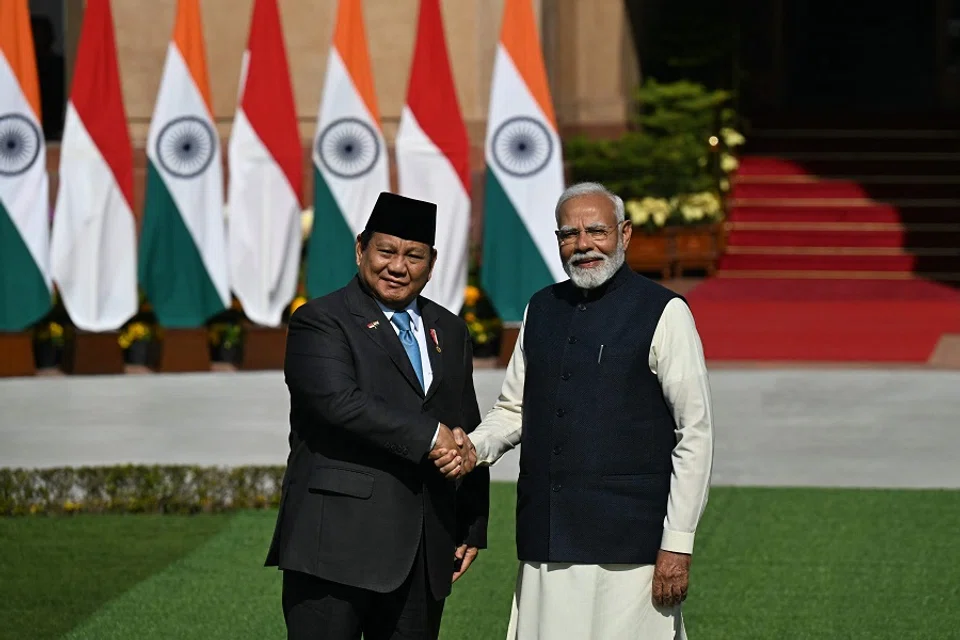
Indonesian President Prabowo Subianto’s state visit to India on 23-26 January, his first since taking office in October 2024, reaffirmed the deep-rooted sociocultural ties and advancements in bilateral relations under the Comprehensive Strategic Partnership established in 2018.
Many historical firsts
The visit focused on defence and security cooperation, counterterrorism, economic engagement, health, food and energy security, infrastructure, technology, space, education, culture, climate change, disaster resilience, ASEAN and multilateral cooperation, Indo-Pacific Initiatives, and multilateral cooperation.
However, with China’s strong influence in Indonesia and ASEAN, will defence and security become a new marker in India’s outreach, with ASEAN centrality as the key? Can Indian defence exports match China’s, and how will India shape its Act East Policy under Modi? A closer look into the bilateral ties may have few answers.
... with ASEAN at the heart of the Indo-Pacific, India will have to reassure its Southeast Asian partners that it seeks dominance that has a stable power balance underpinned by deeper economic and strategic engagement.
President Prabowo was the chief guest at India’s 76th Republic Day parade on 26 January — an honour reserved for leaders of strategically important countries across the globe, which showcases India’s immediate priorities. President Probowo’s visit was also historical as it coincided with the 75th anniversary of India-Indonesia bilateral relations. More importantly, President Sukarno — the first president of Indonesia — was the chief guest of India’s 1st Republic Day parade in 1950 and was welcomed by Jawaharlal Nehru — the first prime minister of an independent India. With many historical firsts in bilateral ties in the last seven decades, President Prabowo’s India exhibited the milestones achieved in the last seven decades of the relationship.
Greater role in the Indo-Pacific, including defence
India’s relationship with the ASEAN countries — Brunei, Cambodia, Indonesia, Laos, Malaysia, Myanmar, Philippines, Singapore, Thailand and Vietnam — has been guided by India’s Look East Policy since the 1990s, highlighting the civilisational and trade links between India and ASEAN.
However, during Prime Minister Modi’s first term (2014-2019), the policy was upgraded to the Act East Policy, broadening the scope of the policy from the ASEAN to the Indo-Pacific region but keeping ASEAN at the core. In 2023, the Act East Policy underwent another upgrade, reflecting India’s aspirations for a leadership role in the Indo-Pacific — a vision that exhibits India’s membership of the Quadrilateral Security Dialogue (Quad), where Delhi joins like-minded powers such as the US, Australia and Japan.
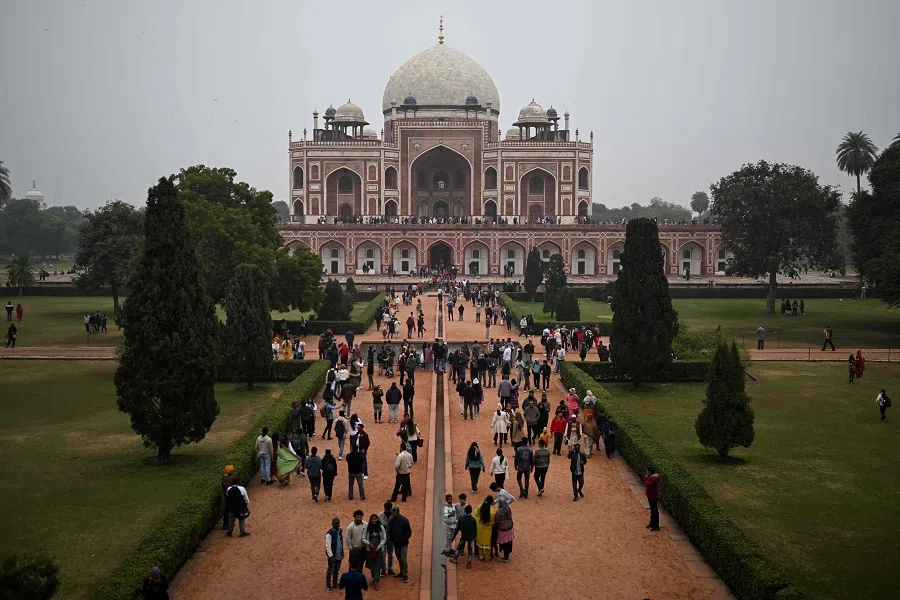
However, with ASEAN at the heart of the Indo-Pacific, India will have to reassure its Southeast Asian partners that it seeks dominance that has a stable power balance underpinned by deeper economic and strategic engagement. India’s strategic interests in the region encompass trade, maritime security and defence cooperation, with a growing emphasis on establishing itself as a defence exporter.
India has already delivered BrahMos missiles worth US$375 million to the Philippines. It is the most solid defence export deal with any ASEAN country to date.
The potential BrahMos missile deal worth US$450 million with Indonesia, elements of which were formalised during President Prabowo’s visit to India, marks a strong step forward. While the India-Indonesia joint statement did not explicitly mention the BrahMos agreement, it made a significant reference to the “Ratification of the Agreement concerning Cooperation in the field of Defence (DCA)”, indicating a quiet yet firm beginning to deeper defence collaboration.
In 2018, India and Indonesia adopted the historical declaration on strategic cooperation — Shared Vision of India-Indonesia on Maritime Cooperation in the Indo-Pacific — where India not only sees itself in the leadership role but also takes along Indonesia in ensuring a mutually understood and consented “Free and Open Indo-Pacific”.
Their defence cooperation has already crossed several milestones, beginning with the two-decades-long and continuing biannual India-Indonesia Coordinated Patrol, periodic Army and Naval Exercises — Garuda Shakti and Samudra Shakt — and the Joint Defence Cooperation Committee (JDCC).
With the reported BrahMos deal in the pipeline, India has agreed to “support the ongoing defence modernisation programmes of Indonesia through experience and expertise sharing”. While this does not indicate anything specific, talks in Delhi are ripened with tech transfer and co-production. India has already delivered BrahMos missiles worth US$375 million to the Philippines. It is the most solid defence export deal with any ASEAN country to date.
India’s defence exports and trade
Notably, India’s total defence exports in 2024 stood at US$2.63 billion, with the US as the largest importer, accounting for 50% of the total exports. Undoubtedly, China enjoys regional supremacy on the defence front with its exports to ASEAN countries. But India is solidifying its defence exports with countries like the Philippines, which has continued to confront China in the South China Sea.
Equally, ASEAN is one of India’s largest trading partners, accounting for 11% of India’s total global trade, making it one of the most well-connected yet crucial markets for Indian products and vice-versa. In 2023-2024, the bilateral trade between India and ASEAN was reported at US$122.67 billion, whereas bilateral trade alone with Indonesia stood at US$38.8 billion (April 2022-March 2023).
... a key question remains whether China is ready to see India foraying into a sector that is strategically and economically critical to China.
The China question
Compared to China’s US$911.7 billion trade (as of 2023) with ASEAN, India undoubtedly has a long way to go, which may take another decade of planning and execution, mainly because of the volume and vast basket of products that Beijing offers. But searching a market for its defence products might prove to be a high-value sector for India, signalling a case against China.
Prime Minister Modi’s trips to Malaysia in August 2024 and Brunei in September 2024 had defence as a key discussion point — with both these countries, India is seeing a shifting partnership. While Malaysia’s support to Pakistan was a significant irritant in the past and kept the ties at a slow pace, there seems to exist a new logic of “don’t mention and don’t press” on Kashmir. At the same time, Prime Minister Modi became the first Indian prime minister to visit Brunei, indicating Delhi’s proactive stance toward enhanced market access and strategic partnership. However, a key question remains whether China is ready to see India foraying into a sector that is strategically and economically critical to China.
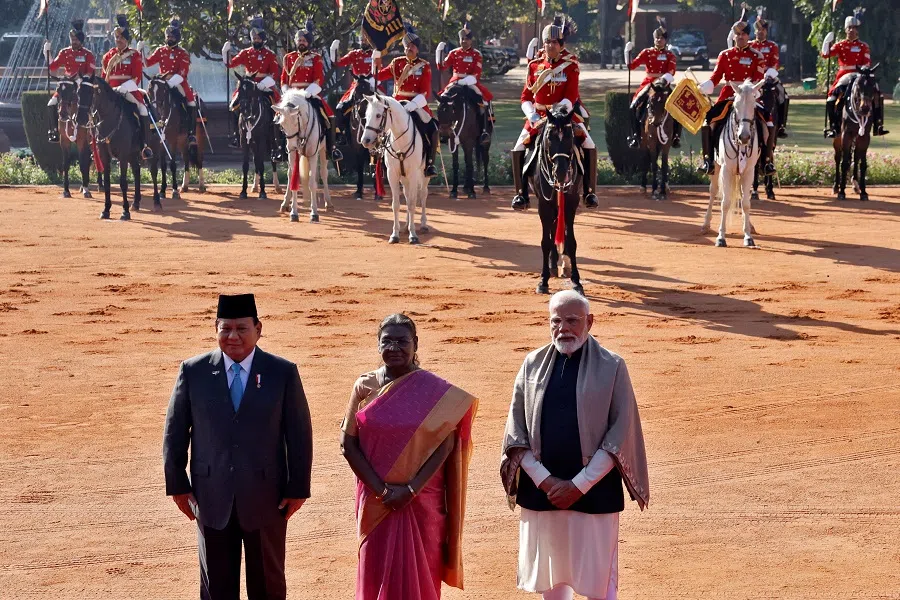
There is little doubt that China will actively monitor developments on the strategic front between India and Indonesia. The Indo-Pacific region remains China’s strategic backyard for several reasons, including the presence of external powers like the United States and India.
A potential opening for India in the critical areas of the region would mean a realignment of the regional calculus, and much of it would be treated on the lines of India counterbalancing Chinese influence. For instance, India’s sale of BrahMos missiles in April last year saw strong reactions from the Chinese defence ministry spokesperson: “China always believes that defence and security cooperation between countries should not harm the interest of any third party and should not harm regional peace and stability.”
Therefore, despite India’s defence exports being nascent, it may see some sharper counters from China that may use some of the lighter versions of its grey-zone strategies. In doing so, China may exploit economic leverage by adjusting trade policies — something that the US has begun to use against Beijing — infrastructure investments, or supply chain dependencies, to subtly pressure ASEAN countries against aligning too closely with New Delhi.
Since ASEAN remains deeply integrated into China’s economic framework, Beijing could further push for trade incentives or penalties to discourage defence cooperation with India. However, if the ASEAN countries seek to maintain strategic autonomy and resist dependency on any single power, India’s proactive engagement could gain traction despite Chinese counteractions — this is a long-term hypothesis.



